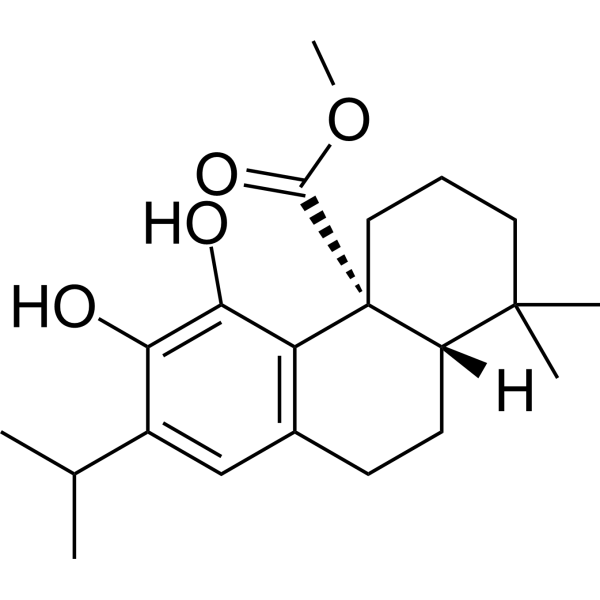Methyl carnosate |
| Catalog No.GC68473 |
Products are for research use only. Not for human use. We do not sell to patients.

Cas No.: 82684-06-8
Sample solution is provided at 25 µL, 10mM.
Review for Methyl carnosate
Average Rating: 5 (Based on Reviews and 30 reference(s) in Google Scholar.)
Review for Methyl carnosate
GLPBIO products are for RESEARCH USE ONLY. Please make sure your review or question is research based.
Required fields are marked with *




















